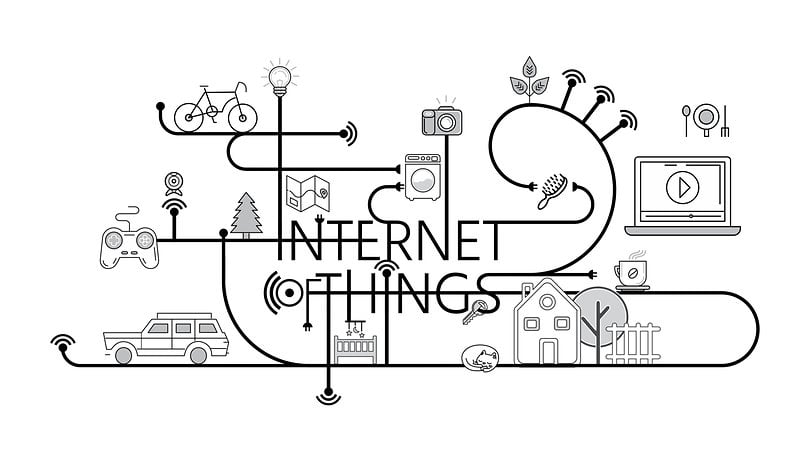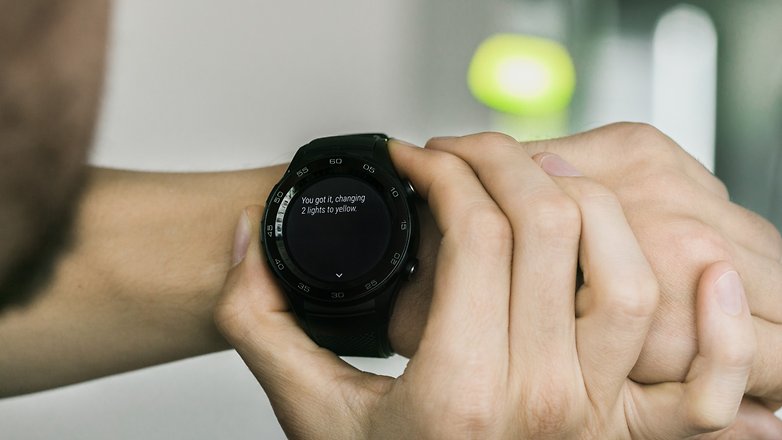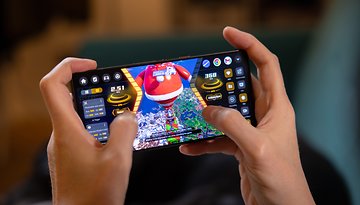The smart home market cannot take off without 5G


The Internet of Things has a huge problem: most of its things have no connection to the Internet at all. What is missing is an energy-saving, uniform standard that directly and securely connects networked light sources, smart locks, digital thermostats and the like to the real net. Only then could the jumble of annoying ZigBee bridges, weak Wi-Fi signals and expensive LTE end. I'll tell you how 5G could be the salvation for the fragmented IoT market.
The construction of most Smart-Home installations is currently idle. Even if it succeeds, weaknesses such as slow reaction times or regular failures hinder the enjoyment. After all, the number of necessary ZigBee bridges is slowly decreasing, as light sources in particular are increasingly using the Philips Hue Bridge.
In addition, there are third-party providers of smart home hubs such as Homey, Homee or Amazon with the Echo Plus, which facilitate networking. Nevertheless, everything could be much easier if the lamps, thermostats, refrigerators or baby monitors of the future could simply be connected directly to the Internet. The premise of this vision is, of course, that a stable, ubiquitous, but also secure 5G network will meet the energy-saving requirements of battery-powered IoT devices.
If Wi-Fi is not a viable alternative because its range is not sufficient for security cameras, or because the batteries of smart door locks would have to be replaced too often, manufacturers have so far mostly used ZigBee or Bluetooth LE. However, this makes the installation process more complex, since the bridges in question have to be connected to the Wi-Fi router as adapters. These generate additional latencies, thus increasing the reaction time between command and conversion.
This can be a fatal flaw, especially for safety-critical IoT applications. If my motion detector detects a burglar in the garden, it should immediately switch on the light and send a photo of the burglar to my smartphone, no matter where I am. So far, this has only been possible with a combination of a strong Wi-Fi or even cables, conventionally networked motion detector lamps and probably a wired IP camera. An ideal smart home solution, however, could make all this possible wirelessly and save you the expenses of hiring an electrician.

In addition to the limitations of the previous wireless standards - Wi-Fi, ZigBee, Bluetooth LE and others, each manufacturer networks these with proprietary online accounts and services. It is therefore difficult to connect Devolo motion detectors with Philips lamps or Reolink cameras, as the manufacturers do not interact despite having a common goal. Smart Home Hubs are currently closing this gap, but such niche solutions are only partially effective. In the end, many potential customers choose not to buy any of these products.
5G makes the impossible possible
To tear down these invisible walls completely, you need 5G. If IoT devices could communicate directly with each other, managed with an interface that is easy for the user to understand, all the hassle with incompatible isolated solutions, range problems and long latencies would be off the table.
Cnet's Rich Brown quotes lead IHS Markit analyst Blake Kozak: "What would guarantee a paradigm shift would be the ability to effortlessly bring disparate devices together. A large proportion of consumer complaints stem from installation challenges to devices not being reliable, e.g. scenes not working, high latency even in local control and lack of control when scenes are performing but broken."

Even local control can be ridiculously complicated with previous solutions. If you control your Philips lamps with the Android Smartwatch, the signal from the watch goes to the router then to the Google cloud, then to the Philips cloud, then back to your router, then to the Hue Bridge and finally to the lamp; enumeration complete! With 5G, the smartphone could tell the lamp what to do directly in under ten milliseconds.
So before we are allowed to cut cables, the wireless spaghetti has to be properly untangled. Until then, I don't see that enough customers who would willingly invest even medium sums of money in one of the island solutions.
What do you think? Is 5G the future of the Internet of Things? Let us know in the comments below.




















The smart home market cannot take off without “smarts,” i.e. the ability to learn and adapt automatically without programming. If you have to program it, it’s an automated home, not a smart home.
The smart home market has been promoted as “the next big thing” for well over 50 years, but it has eluded mass-market adoption. Google "The Elusive Smart Home" for why. You'll find it at Modern Health Talk.
Here are two questions that can affect 5G use with smart home technologies:
1. Does 5G support peer-peer connections that could eliminate the need to go out over the Internet just to turn on a lightbulb? That's important, because some apps can't absorb network latency.
2. How much power would be required for devices and apps like door locks that must have batter life measured in years? Theoretically, it's possible for the same network protocol to work with high bandwidth apps over long distances (sacrificing battery) and low bandwidth apps over short distance.
Ok 5g spectrum is not just set up for phone use, part of the spectrum is set aside for home use, Tv's will be able to send 4k movies all around the house, your phone will be able to communicate with all your devices around the home directly, the devices will need less power to send and receive, and you will be able to use it to so many other things.
what on earth are you talking about? 5g doesn't solve any problems with home automation. in fact, it creates more problems. running everything directly through the internet would slow things down drastically and give the consumer less control over the data streams. not to mention the insane bills you would get with that many individually connected devices. NATting is what saved the internet from eating itself and you think doing away with that is a good idea?
please stick to phone reviews.
I agree with Matt. Besides the latency issue of 5G is the fact that no one wireless standard can serve all home devices. TVs and PCs need high bandwidth, for example, while door locks and window blinds need long battery life. And when considering bandwidth, remember the average of 3.5 TVs/HH and the trend toward 4K & 8K programming with DVRs able to record multiple programs at once. Then add HD surveillance cameras and you quickly approach the need for gigabit networks inside and fiber Internet connections.
Good article. I don't think most of us have wrapped our heads around the qualitative improvement to all kinds of networking that 5G will bring. I haven't read anything about whether and how it might enable a leapfrogging of old tech for developing parts of the world, that lag sadly in network capability. One world in a single (count it, one) wireless matrix is not where we are now.
You live in a city with dense cellular coverage. Even in the suburbs cell coverage can be spotty. Cell is to insecure and datae costly imho. Stingray your camera and doors? Because that tech is not white hat only....